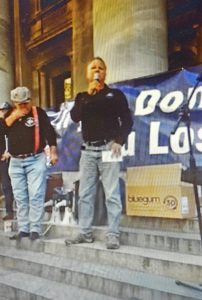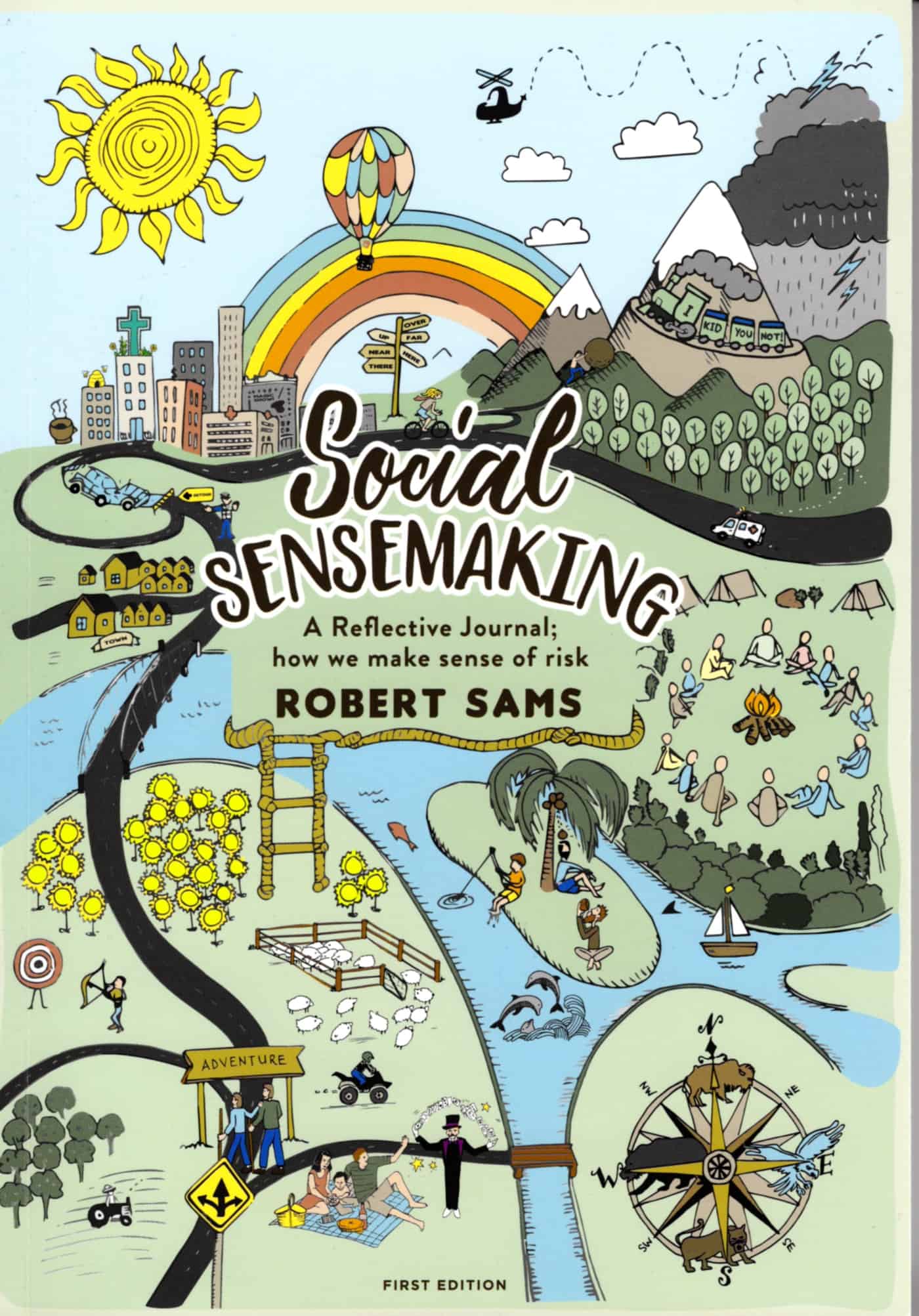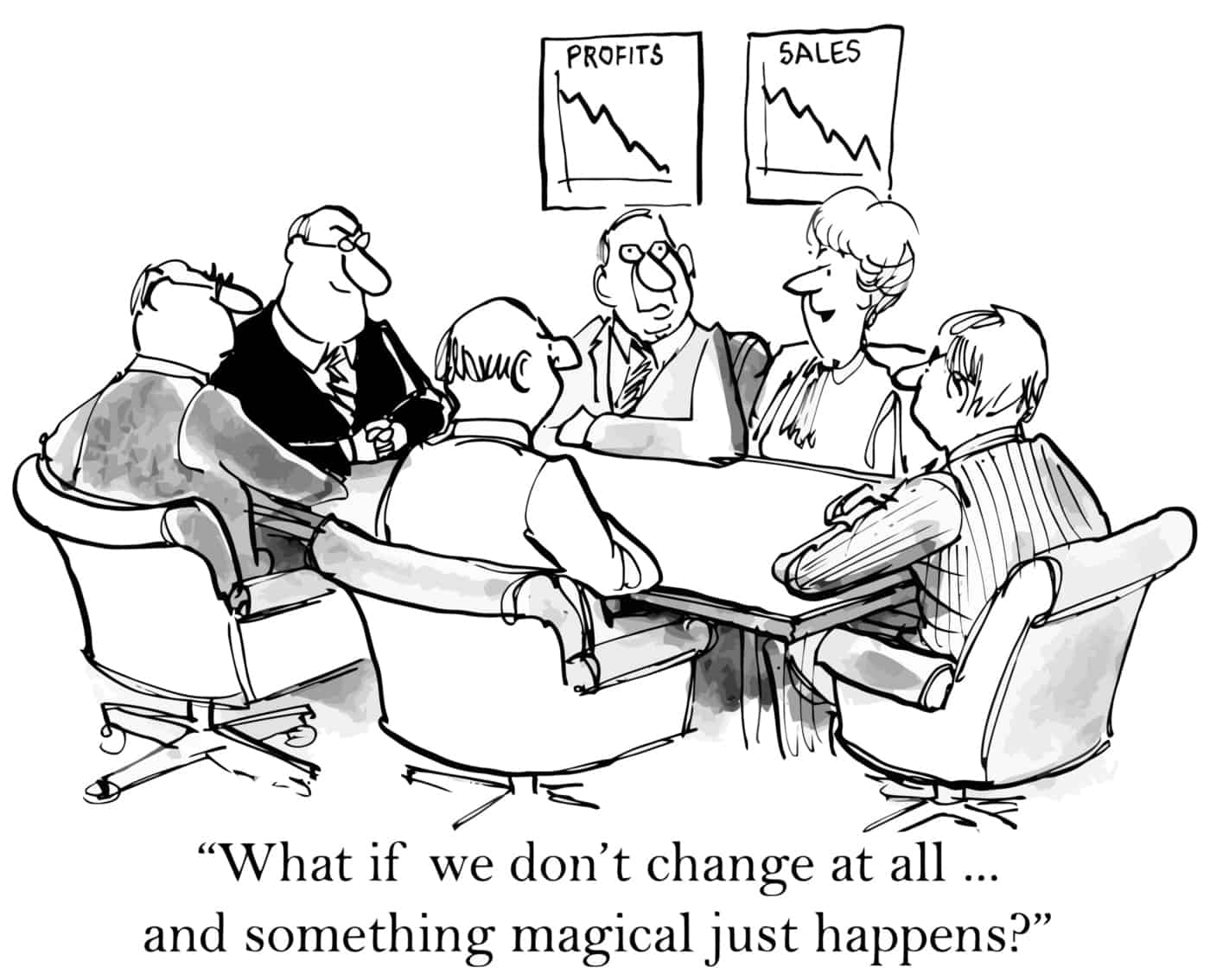 Following the resignation of Andrew Puzder, President Trump has nominated Alexander Acosta to be the new Labor Secretary. The United States media, generally, has been supportive of the nomination particularly in comparison to Puzder. However, there was a particular line in the President’s media conference that may indicate his approach to safety legislation and regulations.
Following the resignation of Andrew Puzder, President Trump has nominated Alexander Acosta to be the new Labor Secretary. The United States media, generally, has been supportive of the nomination particularly in comparison to Puzder. However, there was a particular line in the President’s media conference that may indicate his approach to safety legislation and regulations.
“We’ve directed the elimination of regulations that undermine manufacturing and call for expedited approval of the permits needed for America and American infrastructure and that means plant, equipment, roads, bridges, factories.” (emphasis added)
President Trump’s plans for cutting regulatory red tape was forecast during his election campaign when he stated that regulations:
“… just stopping businesses from growing.”
President Trump or his Labor Secretary nominees have not mentioned occupational health and safety (OHS) specifically but the



 The media is full of lists of Christmas reading, usually in order to sell books. Below is a selection of the safety-related books that are in my Summer reading pile. (No, I am not going to list the Batman comics or Star Trek books. That would be embarrassing.)
The media is full of lists of Christmas reading, usually in order to sell books. Below is a selection of the safety-related books that are in my Summer reading pile. (No, I am not going to list the Batman comics or Star Trek books. That would be embarrassing.)
 On November 15, 2016, the
On November 15, 2016, the